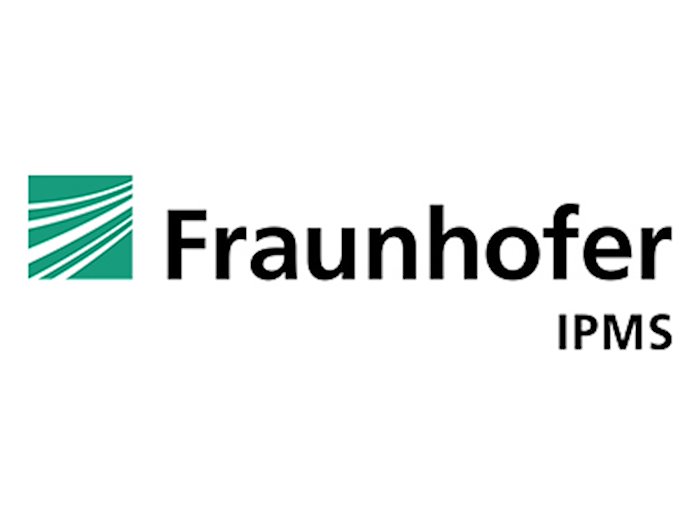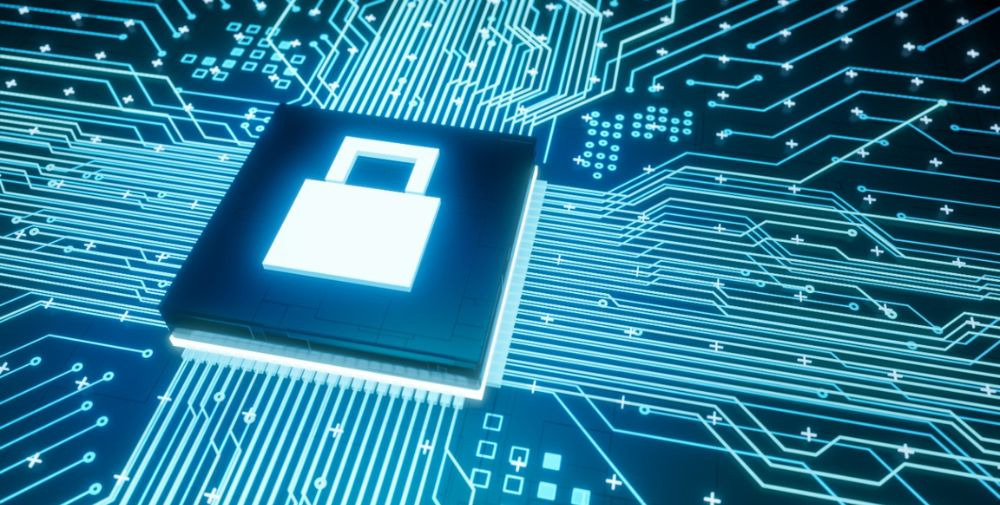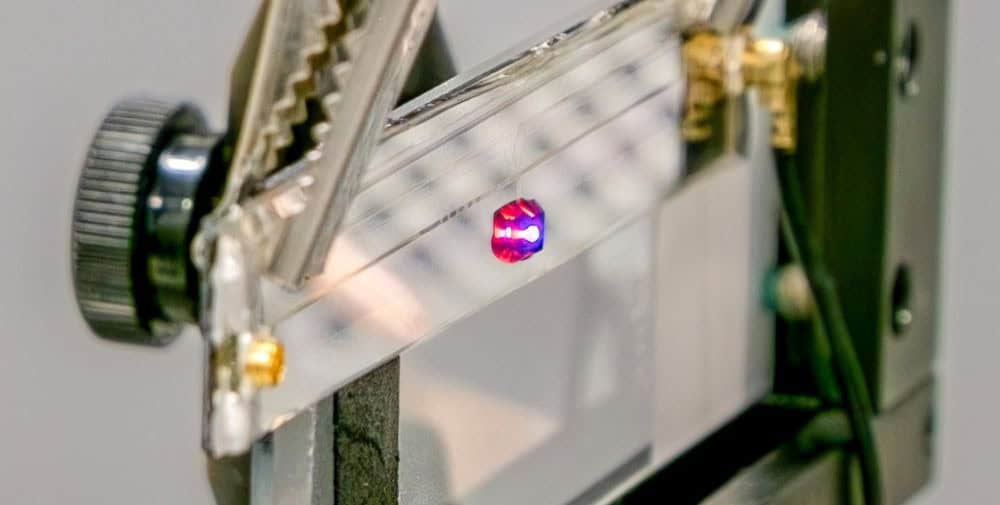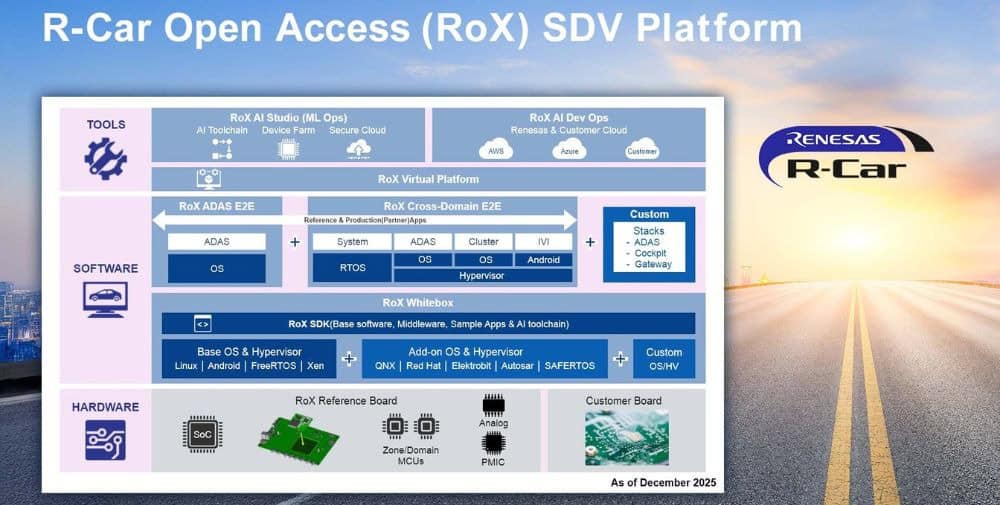
In IT security, random numbers are of enormous importance as they are used for cryptographic procedures such as key generation, thus ensuring the security of data in terms of confidentiality, integrity and authenticity. Quantum random number generators (QRNGs) use quantum mechanical phenomena such as the decay of atoms or photon phase noise from laser sources to generate unpredictable and random data, promising the highest possible security because the output values are based on the quantum mechanical principles of indeterminacy and superposition. They provide secure random number generation for future communication systems and can be used in various fields such as government, banking, critical infrastructure and the Internet of Things.
“In the project, a compact QRNG chip with a noise bit rate of 5 Gbit/s will be developed. The noise bit rate is a crucial factor for speed in random number generation,” explains Christoph Posenau, project manager at Fraunhofer IPMS. “The goal is to combine high speed with a compact design while meeting the requirements of Common Criteria AIS 20/31 PTG.3, a standard for security requirements for IT products of the German Federal Office for Information Security (BSI).”
The project to implement the QRNG chip uses advanced silicon-germanium technologies to develop electrophotonic integrated circuits (EPIC) to create a fully integrated solution with laser source, waveguide structures, photodiodes and analog/digital signal processing. The QRNG solution will be tested in two Quantum Key Distribution (QKD) applications in the project. The interdisciplinary project team brings extensive expertise from quantum theory to security proofs, security-by-design experience for RNGs, silicon photonics to QKD systems and their integration in applications.
In developing the chip, Fraunhofer IPMS will collaborate with four partners and one associated partner:
- Fraunhofer Institute for Applied Optics and Precision Engineering IOF
- Leibniz University of Hannover (LUH)
- Leibniz-Institute for Innovative Microelectronics (IHP)
- Technical University Darmstadt (TUDa)
- Adva Network Security GmbH (associated partner)
About Fraunhofer IPMS
The Fraunhofer Institute for Photonic Microsystems IPMS researches microelectronic and micromechanical sensors, actuators, and active and passive waveguide elements. Wireless microsystems, high-speed FPGA and mixed-signal ASIC design are also part of the portfolio. Electronic control and evaluation of qubits and active photonic single elements up to computational accelerators via dedicated integrated electronics (CMOS, BJT, BiCMOS) are in focus. In addition, new materials, processes and integration concepts for cryoelectronics as well as superconducting metallizations are explored.
– – – –
Further links
👉 www.ipms.fraunhofer.de
Photo: Fraunhofer IPMS




